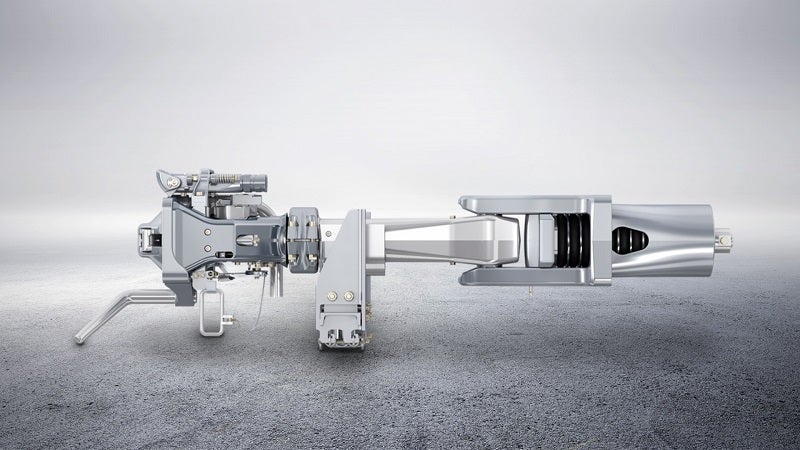
German braking systems manufacturer Knorr-Bremse is working on the development of the initial prototypes of Digital Automatic Coupler (DAC) for freight trains.
After production, the first prototypes will be improved for series production, with the beginning of the planned upgrade stage during mid-decade.
How well do you really know your competitors?
Access the most comprehensive Company Profiles on the market, powered by GlobalData. Save hours of research. Gain competitive edge.

Thank you!
Your download email will arrive shortly
Not ready to buy yet? Download a free sample
We are confident about the unique quality of our Company Profiles. However, we want you to make the most beneficial decision for your business, so we offer a free sample that you can download by submitting the below form
By GlobalDataKnorr-Bremse has reached an ‘advanced’ stage of validation and is extending its modular offerings as well as increasing the production facilities.
The company plans to develop the DAC as per the timeline set by the European DAC Delivery Programme (EDDP).
DAC is expected to serve as a centrepiece to support a fully digitised freight train.
Freight cars and locomotives are currently joined together in a manual way.
Apart from mechanical couplers, the only other attachment between the freight cars and locomotives is the pipe comprising compressed air for the braking systems.
Meanwhile, DAC will for the first time house an air line together with data, as well as power lines.
Furthermore, Knorr-Bremse will be able to deliver a package of new automation options to support digital freight trains.
In a statement, Knorr-Bremse said: “In addition to its transformative benefits for rail freight, such as streamlining the efficiency of train assembly and dispatching processes, the universal rollout of DAC represents an acceleration of the campaign to equip freight train fleets with digital automation systems.
“It is precisely the interaction of automated trains with the European Train Control System (ETCS) (installed on the locomotives) and track infrastructure that will help increase capacity across the entire rail network, making it possible to sustainably transport even larger quantities of freight.”
According to the company, the integration of all these efficiency initiatives will help in reaching the EU’s goal to carry 30% of all freight by rail by 2030.
Earlier this month, Knorr-Bremse signed a global maintenance framework agreement with Spanish company CAF.



